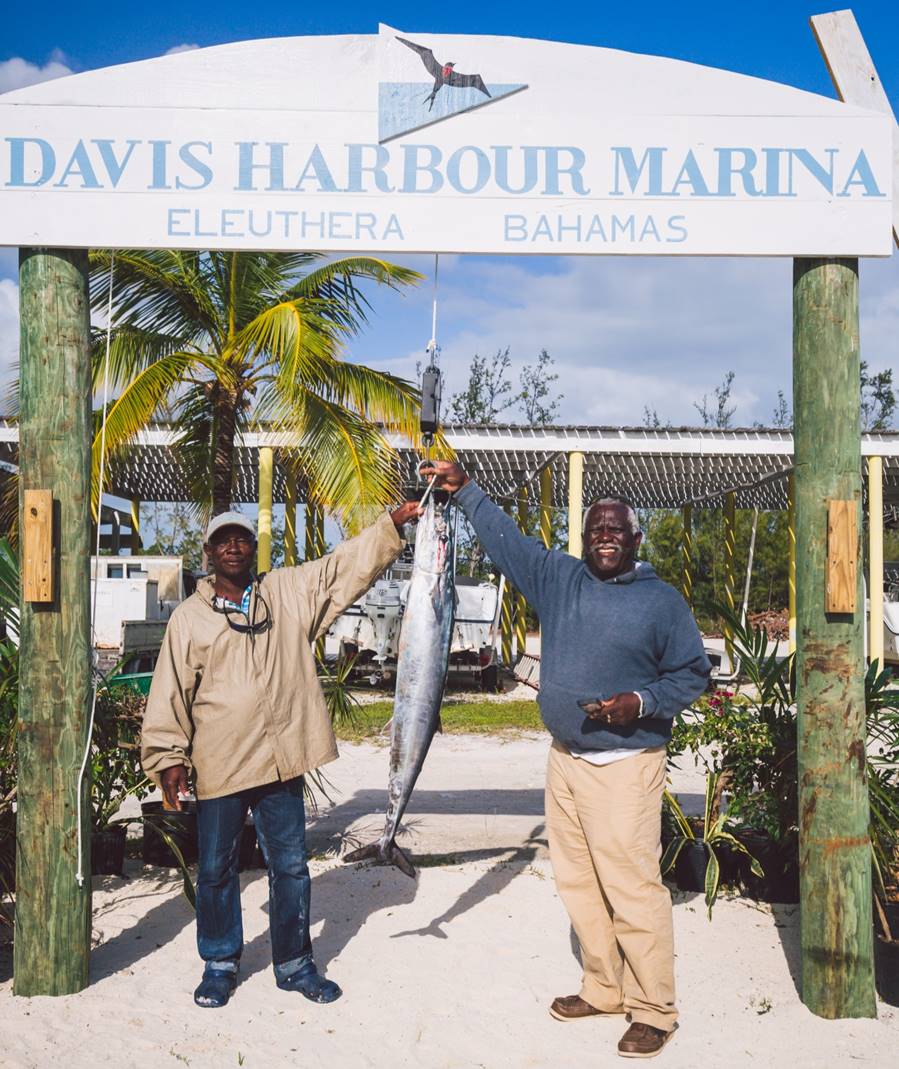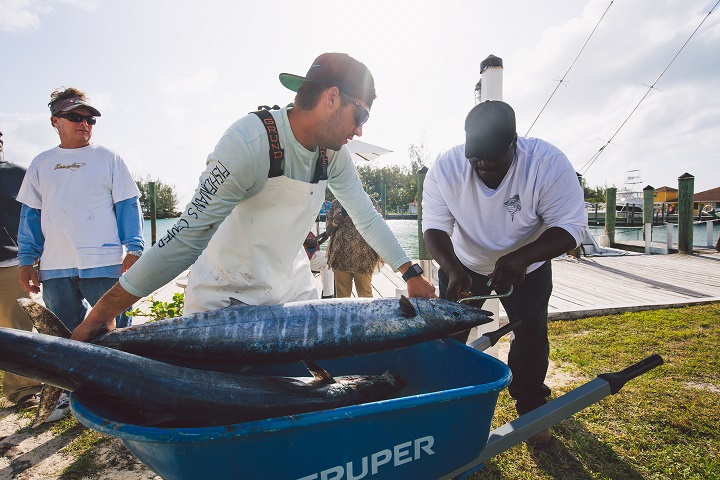 This February, the Cape Eleuthera Institute partnered with Davis Harbor Marina and the Cotton Bay Club for the inaugural Davis Harbour Wahoo Rally. The two day fishing tournament allowed Davis Harbour Marina and anglers to contribute to ongoing research at CEI, making the Wahoo Rally as scientifically valuable as it was fun for the participating teams.
This February, the Cape Eleuthera Institute partnered with Davis Harbor Marina and the Cotton Bay Club for the inaugural Davis Harbour Wahoo Rally. The two day fishing tournament allowed Davis Harbour Marina and anglers to contribute to ongoing research at CEI, making the Wahoo Rally as scientifically valuable as it was fun for the participating teams.
This partnership, and the enthusiasm of Davis Harbour Marina and the fishing teams, highlights CEI’s commitment to including anglers in ongoing research initiatives.
Continue reading to learn more about the angler-driven projects that were contributed to during the Wahoo Rally.
Satellite tagging wahoo
Wahoo are a pelagic sportfish sought-after for their reel-smoking runs and table-quality meat. Very little is known about how wahoo use vertical habitat (i.e., depth) or the migratory routes they take through The Bahamas. Despite high winds and heavy seas, several boats hosted CEI and Microwave Telemetry research scientists during and after the tournament to deploy archival popup satellite tags (PSATs) on wahoo, allowing CEI to track their depth, temperature, and migratory pathways – information that all wahoo anglers are interested in!
Stable isotopes and pelagic feeding ecology
Tissue samples from more than 40 dolphinfish, wahoo, tuna, kingfish, and barracuda were collected during tournament weigh-ins. Tissues will be analyzed for stable isotopes, the results of which can indicate differences in prey preference among pelagic fish. Any angler knows that finding the right bait will maximize their chances of catching fish, and results from this study will provide information on who-eats-who in the pelagic environment.
Plastic ingestion
Plastic in the oceans can have dire consequences for both animal and human health. Plastic acts like a sponge for environmental toxins, and past research at CEI has demonstrated that plastics are ending up in the stomachs of dolphinfish, tunas, and wahoo. Anglers, consumers, and sushi lovers everywhere are keen to understand how plastic pollution might end up on their dinner plate.
Stable isotopes and barracuda connectivity
Great barracuda were recently afforded sportfish status in Florida, indicating that the species is increasing in popularity among the angling community. In the Bahamas, though, barracuda are common bycatch by both nearshore and offshore anglers, and are almost always harvested. By employing stable isotope analysis to identify how barracuda link shallow water habitat with the pelagic environment, anglers can gain a better understanding of the role barracuda play in maintaining healthy fisheries.
Mercury concentration in pelagic fish
Consumers (especially pregnant women and children) are advised to limit their consumption of top predators such as tuna and swordfish due to the bioaccumulation of mercury. Mercury concentrations in Bahamian dolphinfish and wahoo are not known, and mercury concentrations can even be used in conjunction with stable isotope analysis to identify feeding ecology of pelagic fish. Tissue samples collected during the tournament will provide baseline data for researchers and anglers to monitor contaminants in the offshore fishery.
Photo credit: Erik Kruthoff and Davis Harbour Marina
